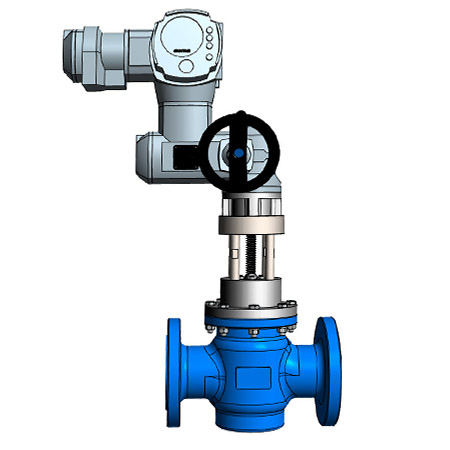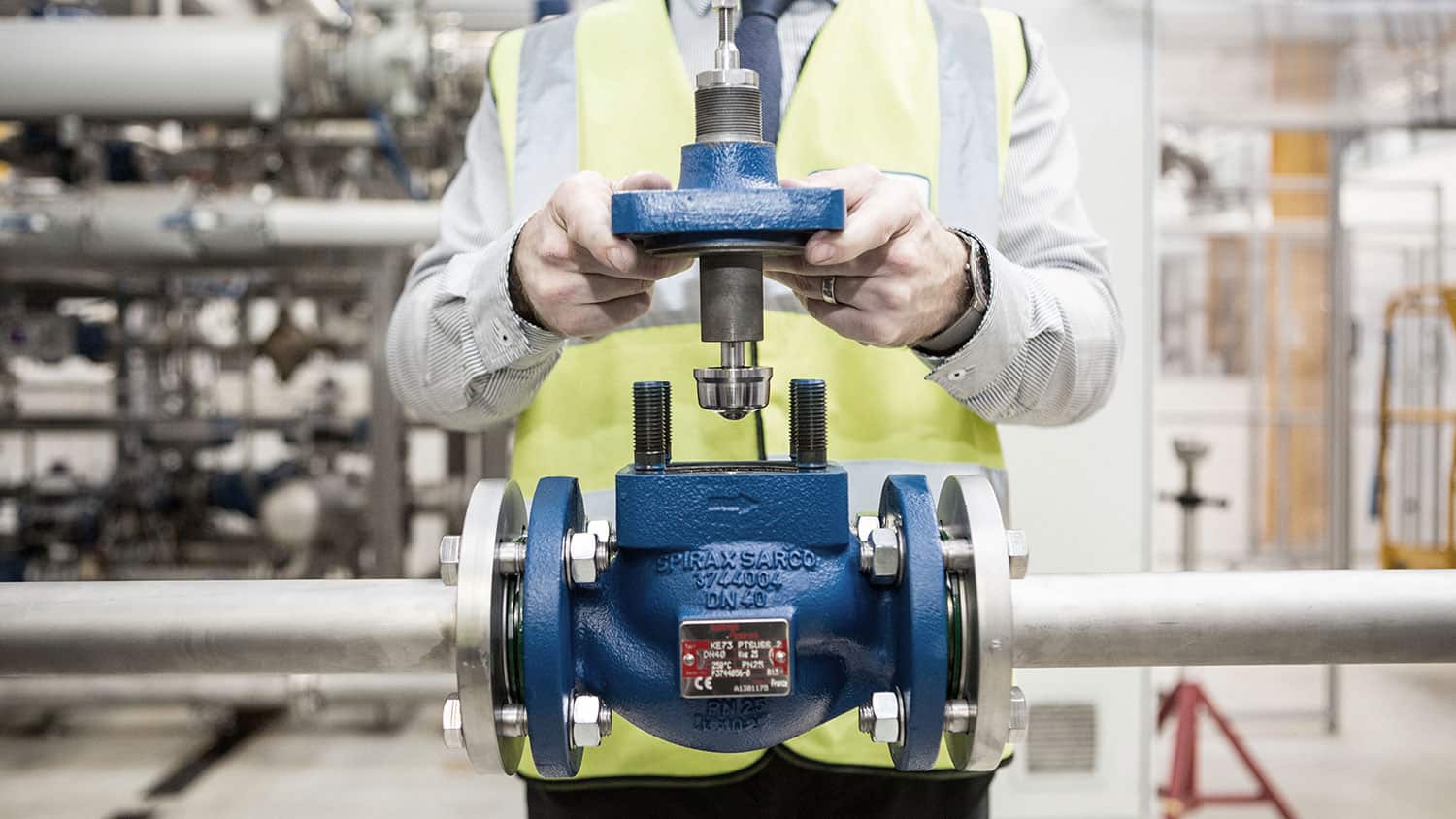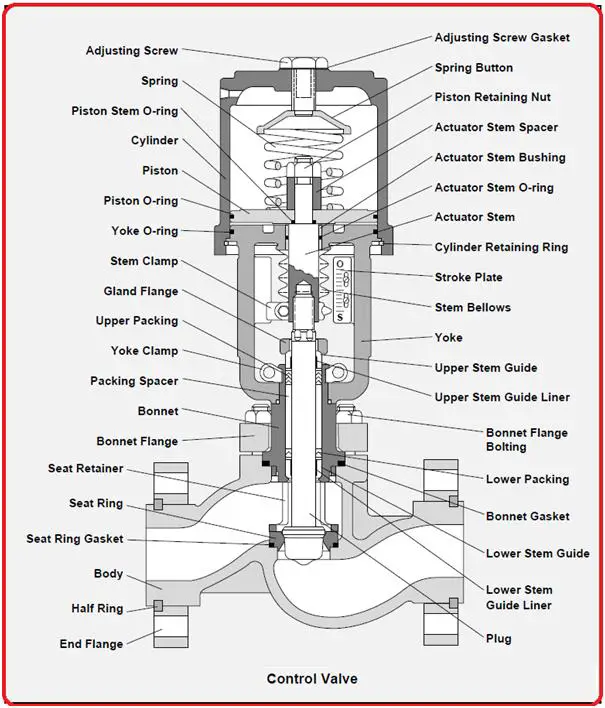Achieve Seamless Combination and Control With High Quality Structure Automation Controls
In the realm of modern-day structure administration, the relevance of high quality structure automation controls can not be overstated. Welcoming high quality building automation controls is not just a matter of convenience however a critical imperative for organizations aiming to optimize their centers' performance and sustainability.

Advancement of Building Automation Controls
Throughout the past couple of years, the development of building automation controls has actually dramatically changed the way structures are managed and run. At first, developing automation systems primarily concentrated on standard functions such as regulating air, ventilation, and home heating conditioning (COOLING AND HEATING) systems. As modern technology advanced, these controls have ended up being extra sophisticated, enabling for a bigger range of structure systems to be incorporated and managed centrally.
The development of constructing automation controls has seen a shift towards even more smart systems that can adapt to altering conditions in real-time. This versatility is essential for maximizing power performance and ensuring passenger convenience. In addition, modern-day structure automation controls currently supply features such as predictive maintenance, remote surveillance, and information analytics, enabling facility managers to make data-driven decisions to improve building efficiency.

Benefits of Top Quality Integration
The innovation in building automation regulates towards more smart systems has emphasized the significant advantages of quality combination in maximizing structure operations and boosting overall effectiveness. This central control also gives better visibility and insights right into building performance, making it possible for aggressive maintenance and optimization approaches. Overall, the benefits of quality assimilation in building automation controls are undeniable, providing boosted performance, comfort, and functional performance.
Boosted Customer Experience and Access
Enhancing user interaction with building automation controls through instinctive layout and boosted availability raises the total experience for residents and facility managers alike. By focusing on user experience, developing automation systems can end up being much more efficient and user-friendly. Intuitive user interfaces, clear navigation, and customizable settings encourage customers to connect with the controls easily and effectively.
Accessibility attributes play an essential function in guaranteeing that all individuals, consisting of those with handicaps, can utilize the structure automation regulates effortlessly. Integrating features such as voice commands, responsive switches, and color-contrasted screens can enhance ease of access and make the controls much more Website comprehensive.
In addition, enhanced user experience results in greater individual fulfillment, boosted efficiency, and better decision-making. Owners can adjust ecological setups according to their preferences, while center managers can successfully handle and monitor building systems - control valves. read this In general, prioritizing individual experience and accessibility in building automation controls adds to a much more effective and seamless structure environment for all stakeholders included
Lasting Practices Via Automation

Additionally, automation can help with the combination of renewable energy resources such as solar panels or wind generators into structure operations. By immediately readjusting power usage based upon the availability of renewable resource, structures can even more minimize their dependence on non-renewable resources. This seamless combination of lasting techniques not only profits the setting however also enhances the total operational effectiveness and cost-effectiveness of the structure. With automation, buildings can line up with contemporary sustainability objectives and add to a greener future.
Future Trends in Structure Control Systems
One prominent pattern shaping the future of structure control systems is the increased assimilation of Artificial Knowledge (AI) and maker discovering. Additionally, the Net of Things (IoT) is changing structure control systems by linking sensors and tools to simplify procedures and enhance performance.
Another crucial trend is the great site focus on cybersecurity steps to shield against prospective hazards to building automation systems. As structures become much more interconnected, making sure robust cybersecurity procedures will certainly be vital to safeguard sensitive information and protect against unauthorized gain access to.
Moreover, the change towards cloud-based systems is obtaining momentum, allowing for systematized control and remote access to building systems. This promotes easier monitoring, upkeep, and updates, boosting the total efficiency and flexibility of structure control systems. As innovation remains to development, these fads are anticipated to form the future landscape of structure automation controls, driving innovation and sustainability in the built environment.
Verdict
Future patterns in structure control systems are most likely to concentrate on further enhancing automation capacities for boosted energy efficiency and overall performance. It is vital for building owners and drivers to prioritize the fostering of quality structure automation manages to optimize building operations and attain long-lasting sustainability objectives.
In the realm of contemporary structure monitoring, the value of high quality structure automation controls can not be overemphasized. In general, the evolution of structure automation controls continues to drive advancement in the building monitoring market, supplying new possibilities for developing smarter and much more lasting buildings.
The development in structure automation manages in the direction of more smart systems has actually emphasized the significant benefits of top quality integration in optimizing building procedures and enhancing general effectiveness. Overall, prioritizing customer experience and ease of access in structure automation regulates contributes to a much more efficient and smooth structure environment for all stakeholders involved.
It is vital for structure owners and drivers to focus on the fostering of quality building automation manages to maximize building operations and accomplish long-term sustainability goals. - control valves